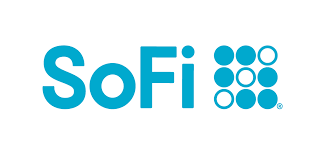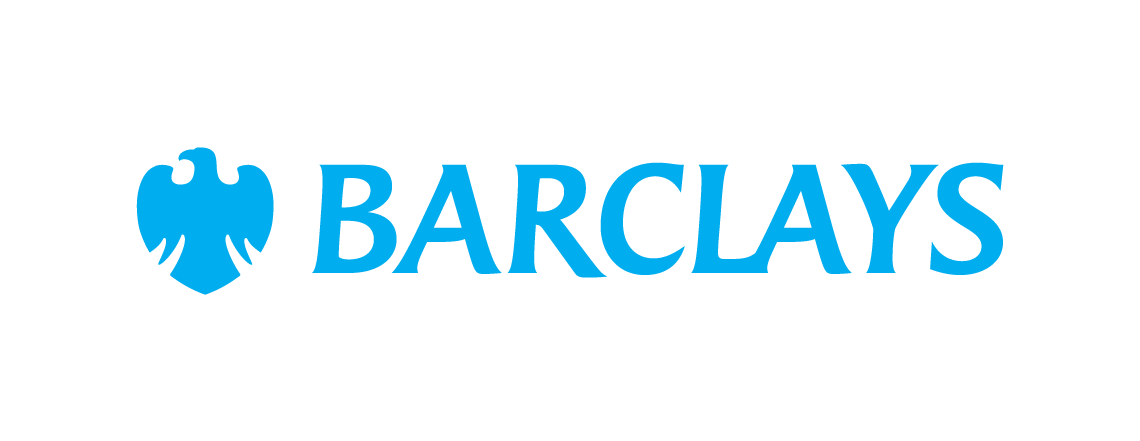Here's Why Your Emergency Fund Isn't Something to Set and Forget
KEY POINTS
- Your emergency fund should contain enough money to cover at least three months of bills.
- Because your expenses can change over time, it's important to revisit your emergency fund often.
- You'll also need to keep track of withdrawals and aim to replenish them as quickly as you can.
There are so many reasons to give yours your ongoing attention.
If you have a nice pile of money set aside in a savings account for emergencies, give yourself a pat on the back. Many people don't have any money in savings to fall back on, and they risk racking up costly credit card debt when unexpected bills arise.
Now as a general rule, you should aim to have an emergency fund with enough cash to cover at least three full months of living expenses. And if you're already at that point, you may be thinking you're all set.
But it's important to keep track of your emergency fund and reassess it on a regular basis. Here's why.
Your expenses can change over time
There may be certain expenses you pay for that stay the same for many years. If you have a fixed-rate mortgage loan, for example, your monthly housing payment isn't going to change from one year to the next (unless you refinance your home loan).
But many of your other expenses have the potential to change over time. You might see the cost of utilities rise, or gas for your car might get more expensive. You might also find that the cost of the medications you take increases from one year to the next.
That's why it's important to reassess your emergency fund at least once a year. And you may want to do so every six months to make sure your numbers are accurate.
You might initially calculate your emergency fund and find that you spend $2,400 a month on essential bills, requiring a $7,200 balance to pay for three months of expenses. But if your costs rise to $2,600 a month, a $7,200 balance won't quite cut it.
Also, do remember that even if you don't take on new expenses, factors like inflation might cause your monthly spending to rise. Case in point: As of February, grocery costs were up a little over 10%, as per that month's Consumer Price Index. And that's the sort of change that could leave you short on emergency savings if you were to lose your job and need to raid your cash reserves to cover three months of bills while looking for work.
Be sure to account for withdrawals, too
The whole purpose of having an emergency fund is to be able to dip in when you need to. But it's also important to keep track of your withdrawals and aim to put that money back as soon as you can.
So, let's say you have a $7,200 emergency fund and take a $500 withdrawal for an unexpected car repair. If you don't keep reminding yourself to put back that $500, you might run into a crunch if you lose your job a few months down the line and it takes you a while to find a new one.
All told, it's a great thing to have an emergency fund. And if you have enough cash in the bank to pay for three months of bills, that's something to be very proud of. At the same time, don't just dump that cash in the bank and call it a day. Instead, keep reevaluating your expenses, and definitely make it a point to track the money you're forced to remove from your savings so you can work on putting it back.
These savings accounts are FDIC insured and could earn you 11x your bank
Many people are missing out on guaranteed returns as their money languishes in a big bank savings account earning next to no interest. Our picks of the best online savings accounts could earn you 11x the national average savings account rate. Click here to uncover the best-in-class accounts that landed a spot on our short list of the best savings accounts for 2024.
Our Research Expert
We're firm believers in the Golden Rule, which is why editorial opinions are ours alone and have not been previously reviewed, approved, or endorsed by included advertisers. The Ascent, a Motley Fool service, does not cover all offers on the market. The Ascent has a dedicated team of editors and analysts focused on personal finance, and they follow the same set of publishing standards and editorial integrity while maintaining professional separation from the analysts and editors on other Motley Fool brands.
Related Articles
View All Articles
